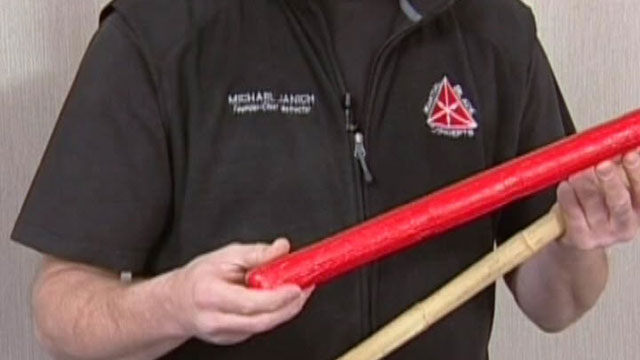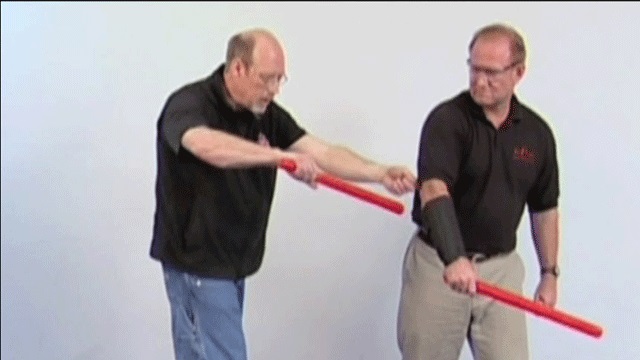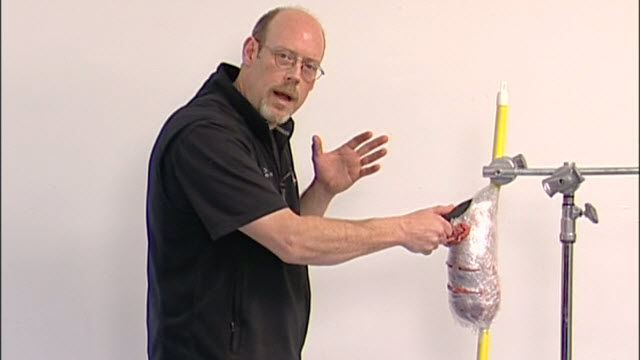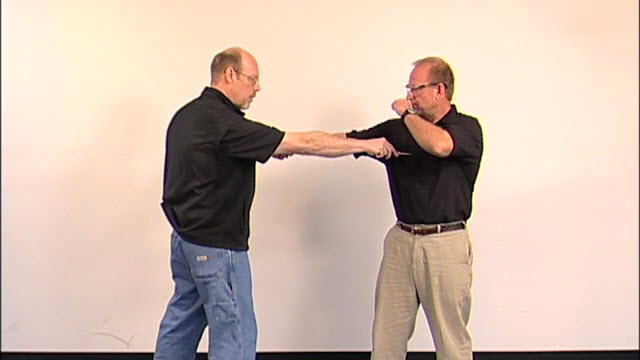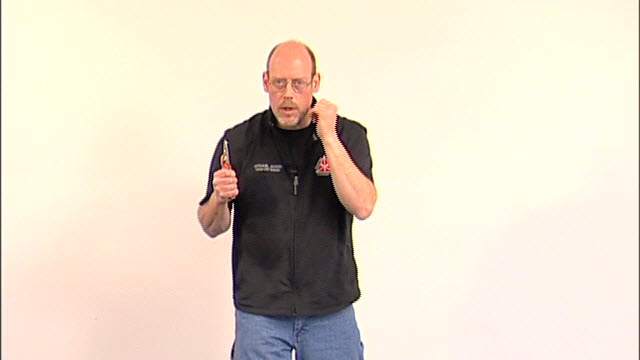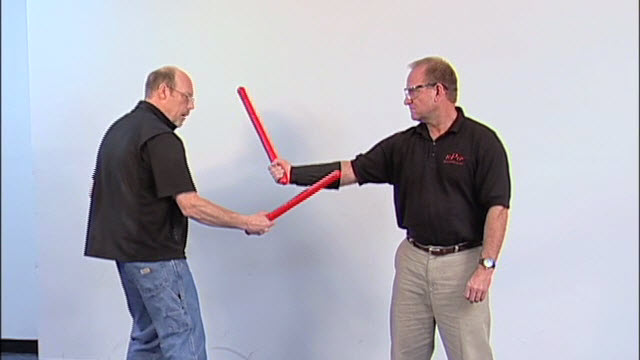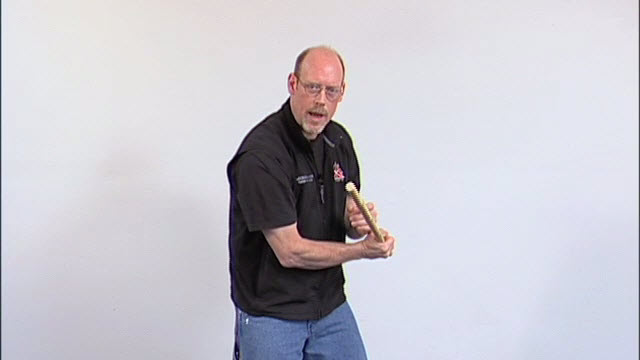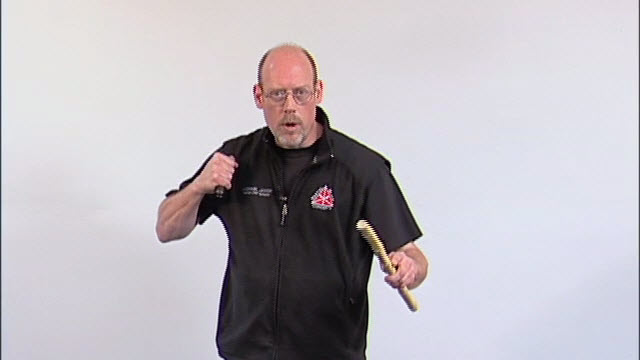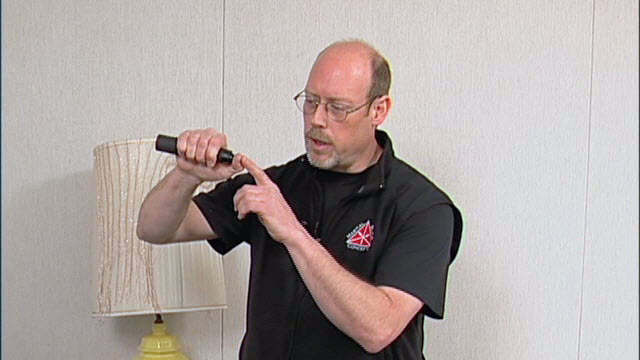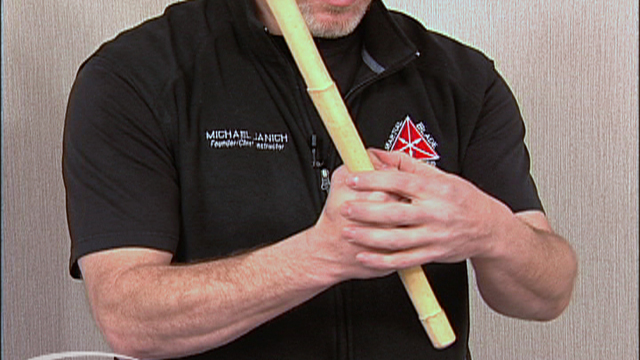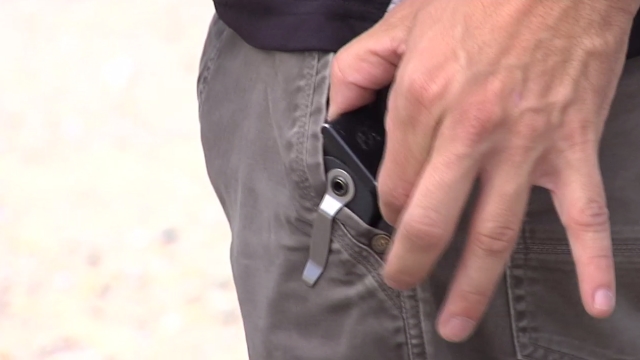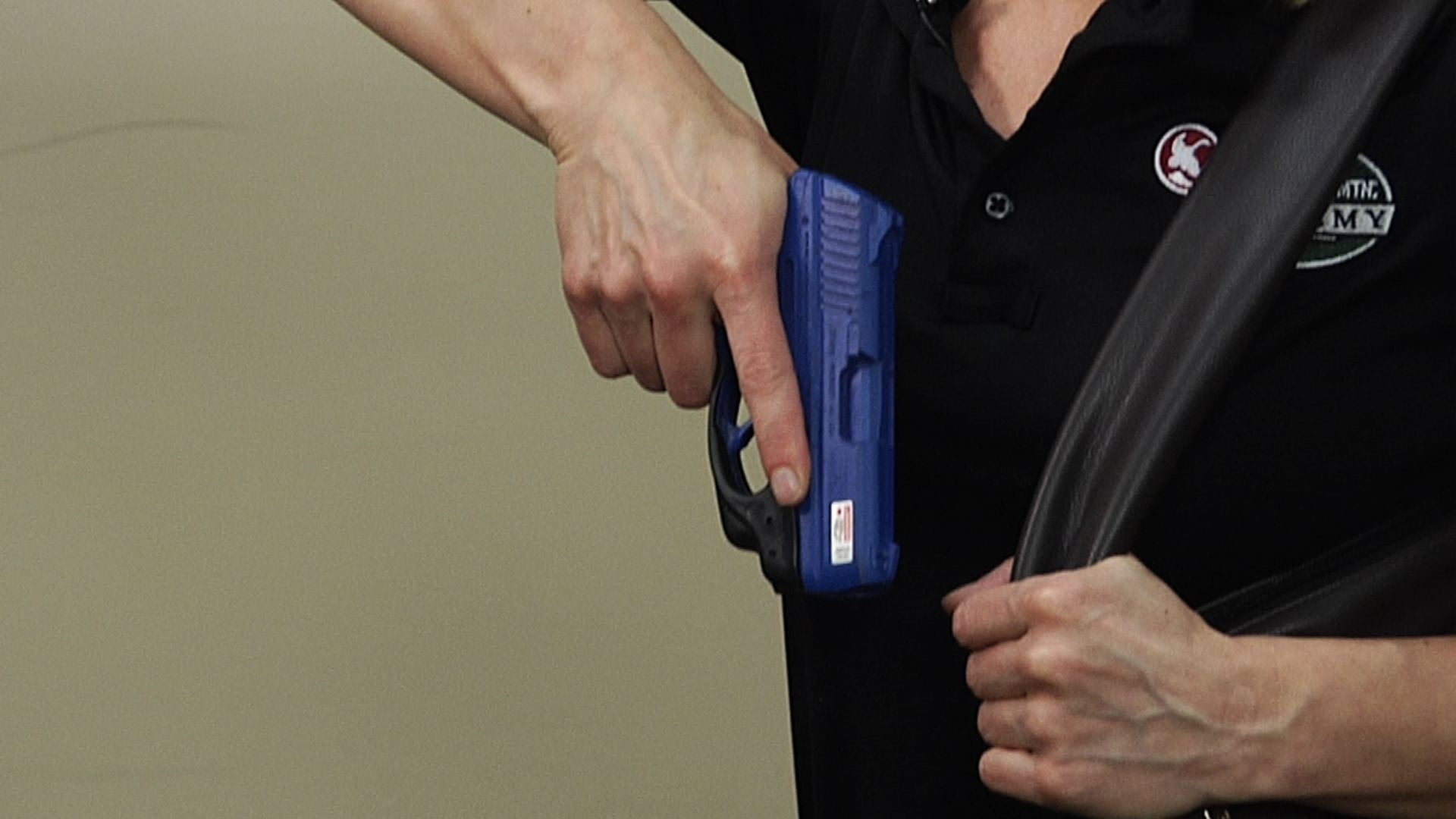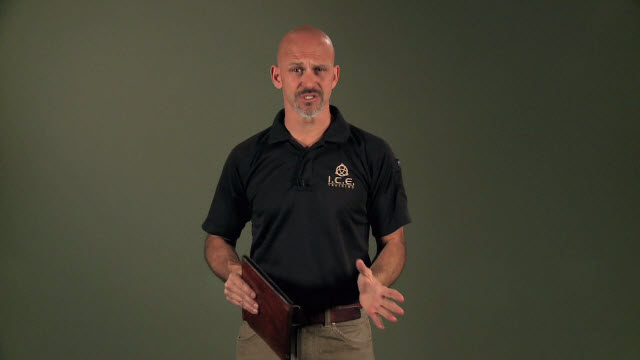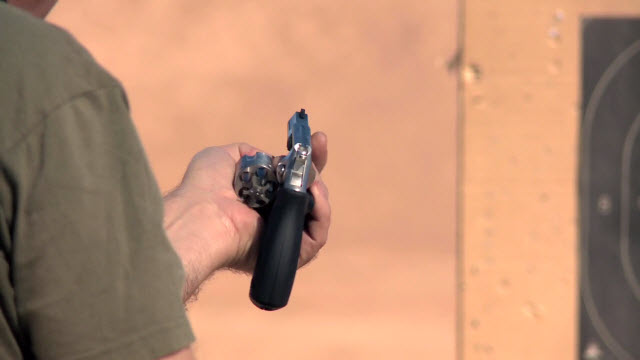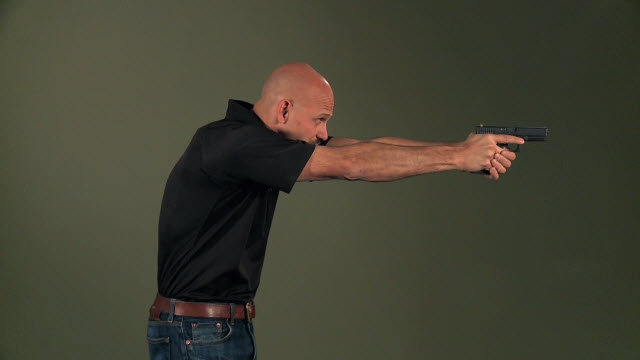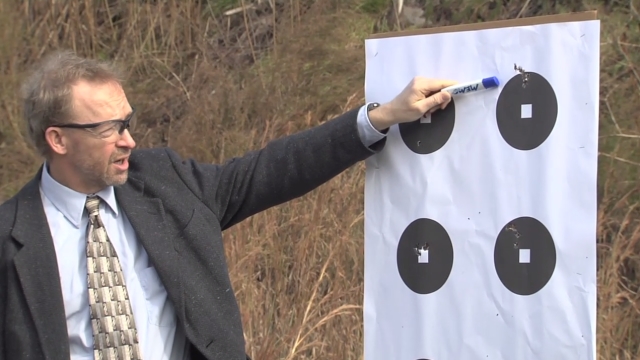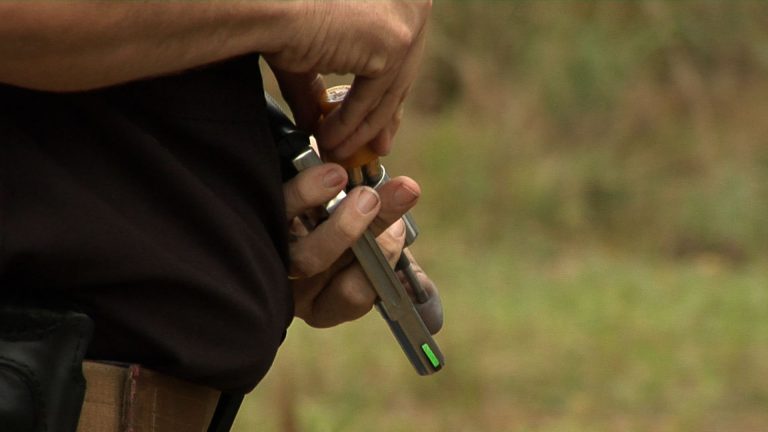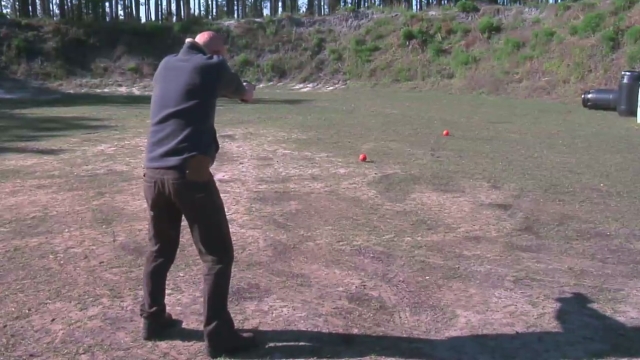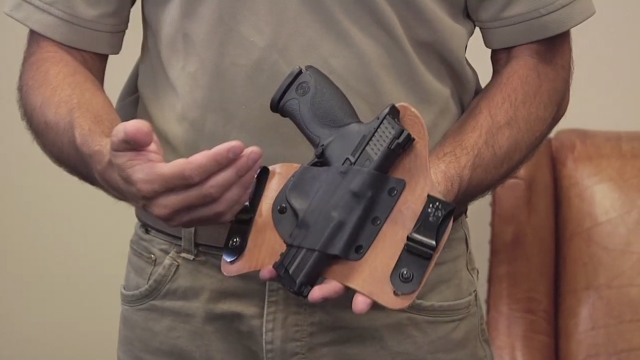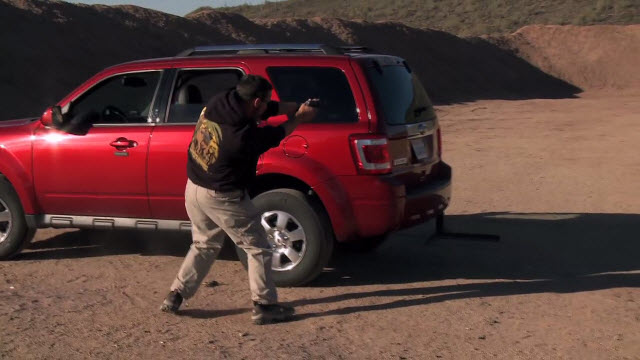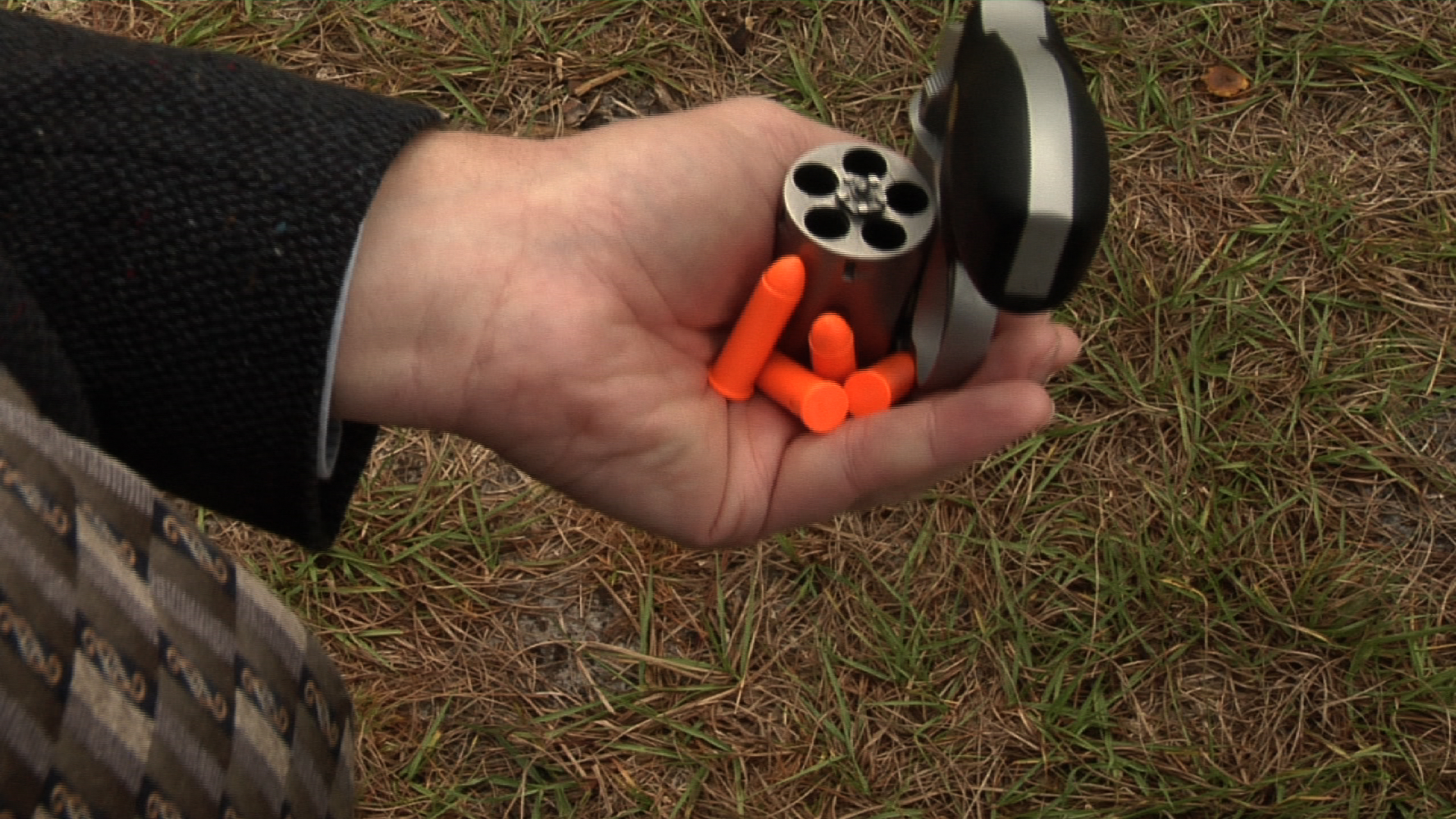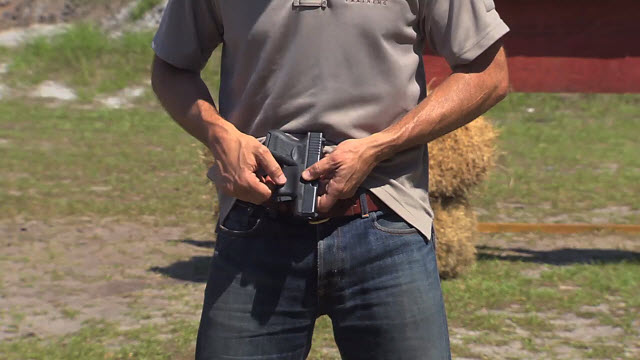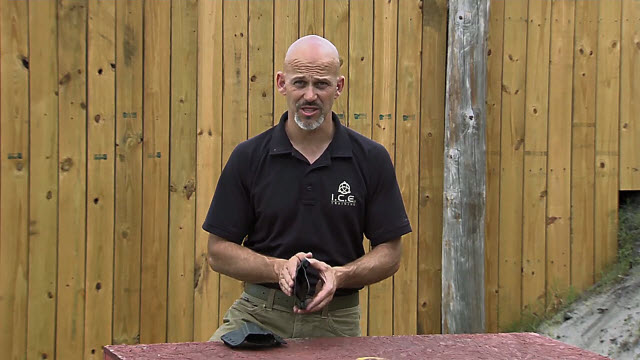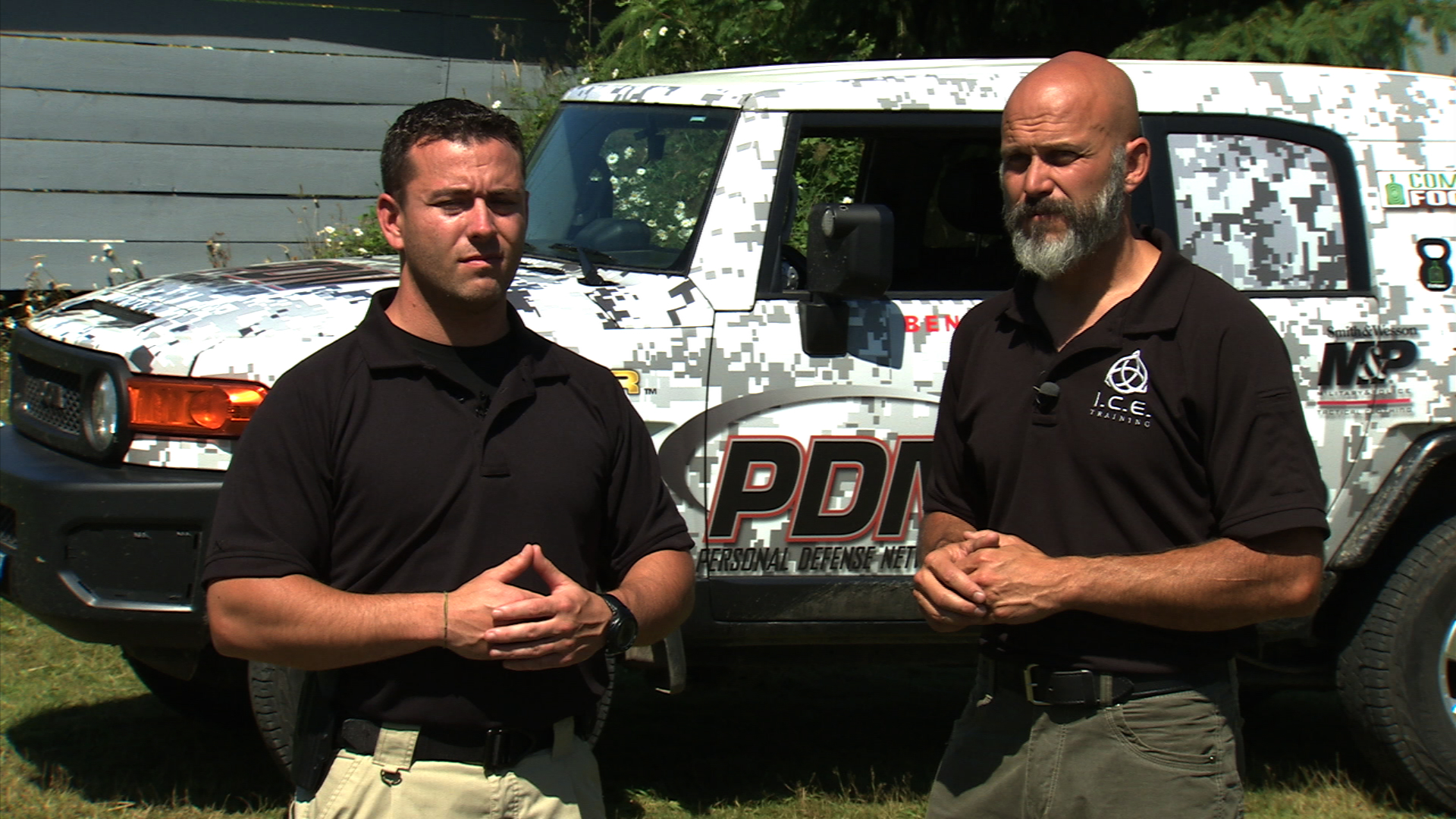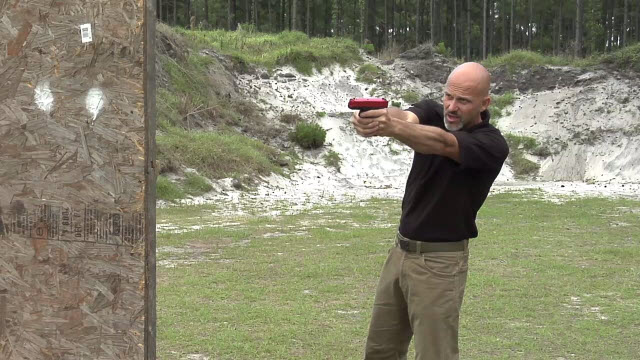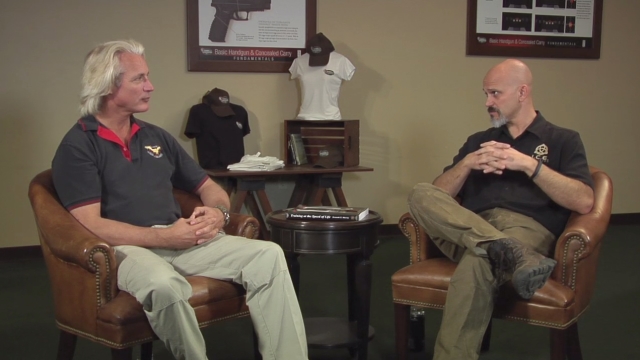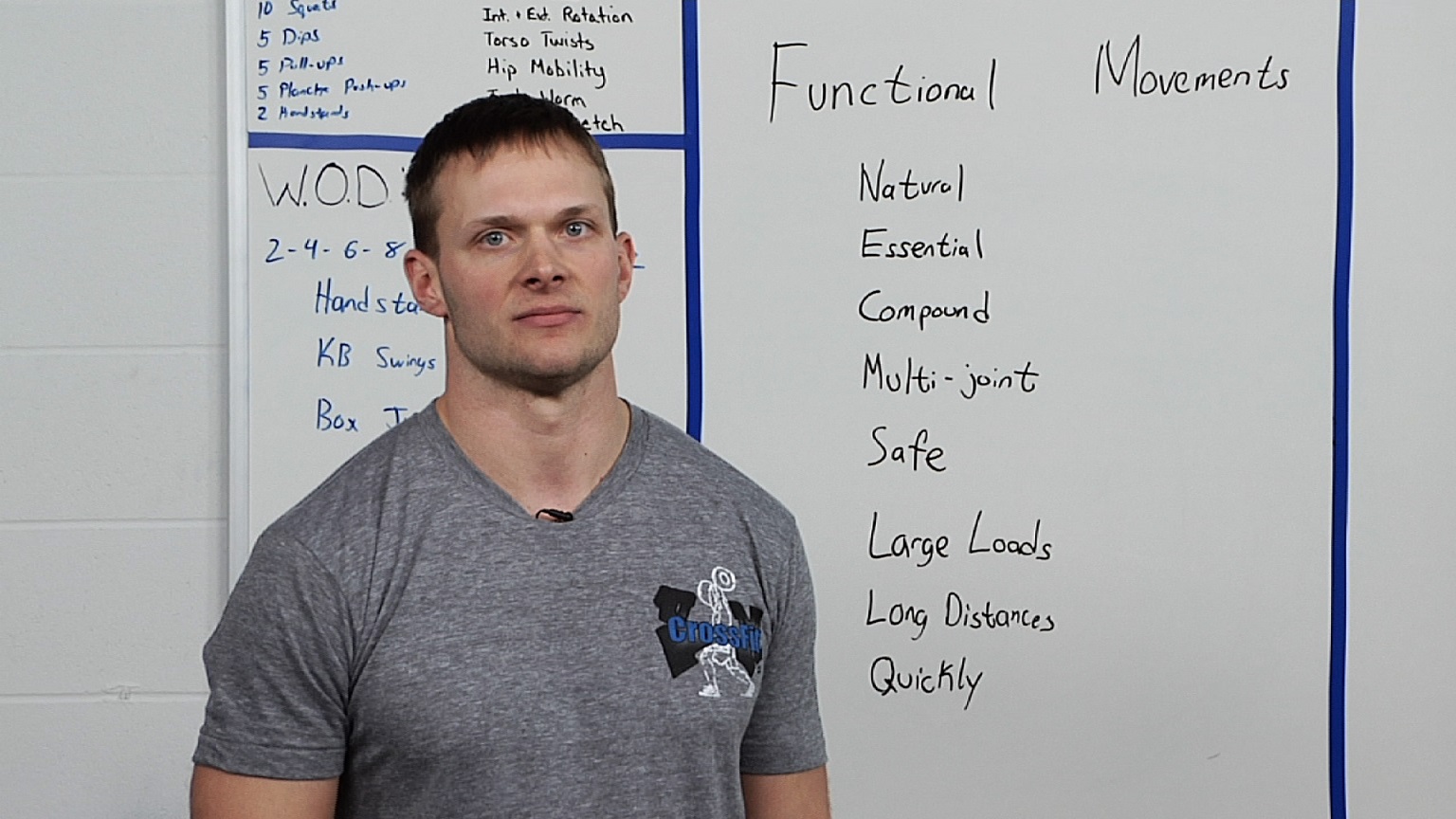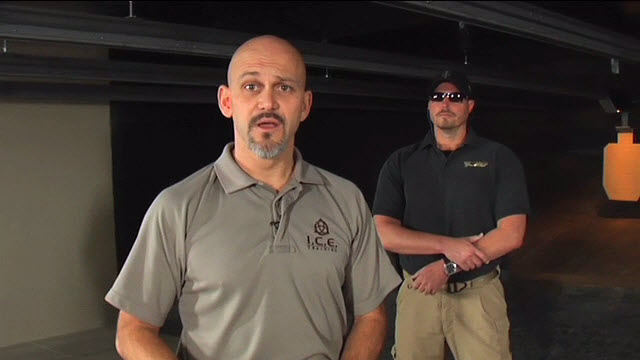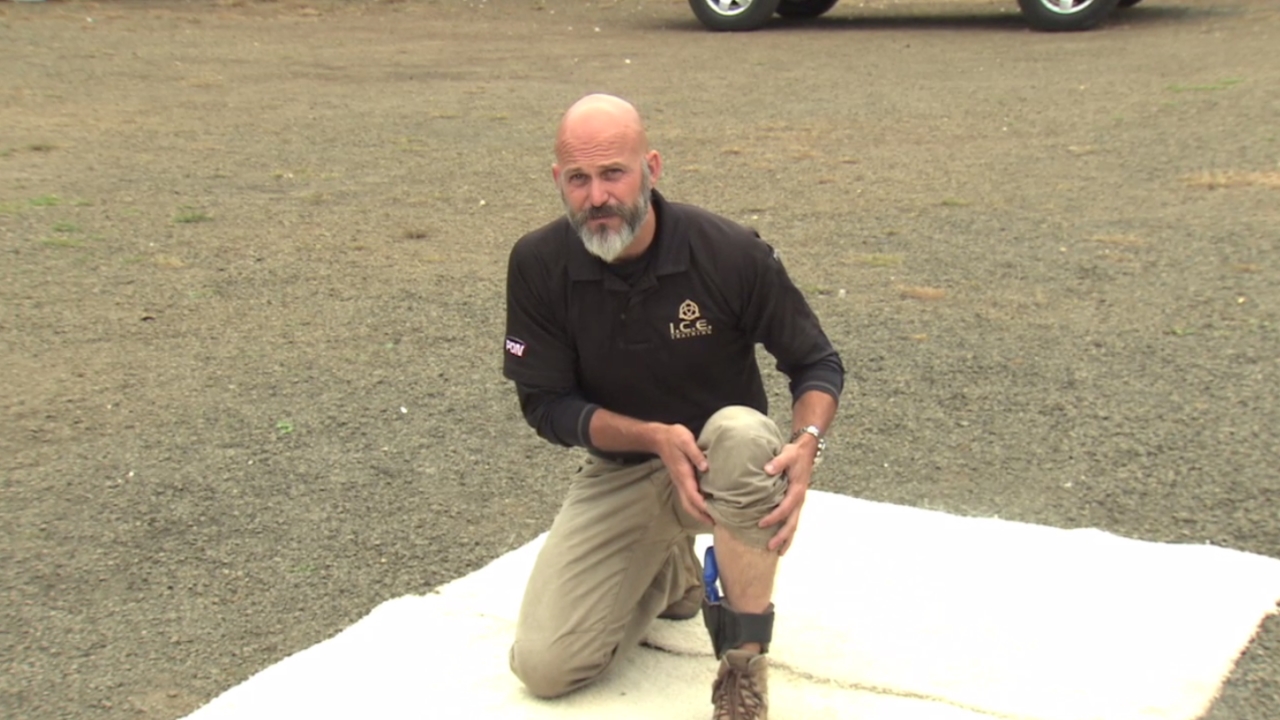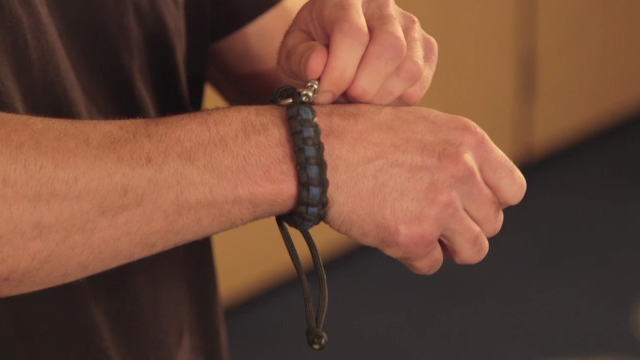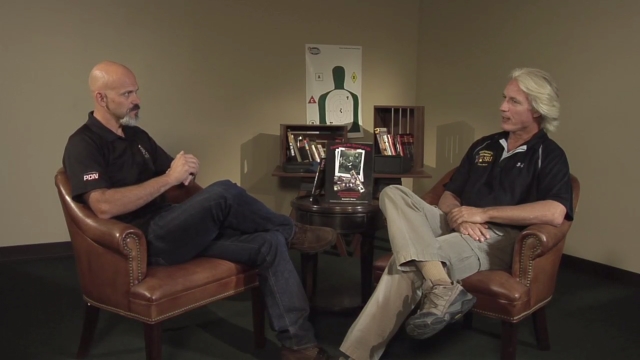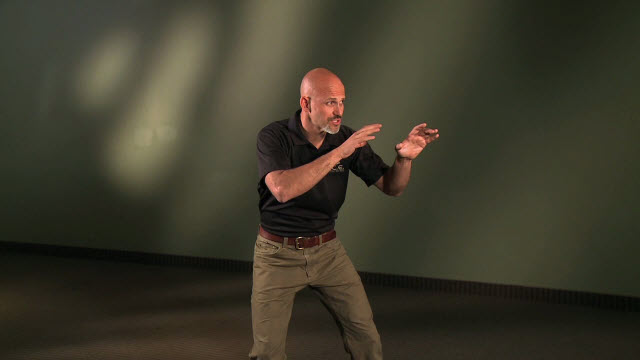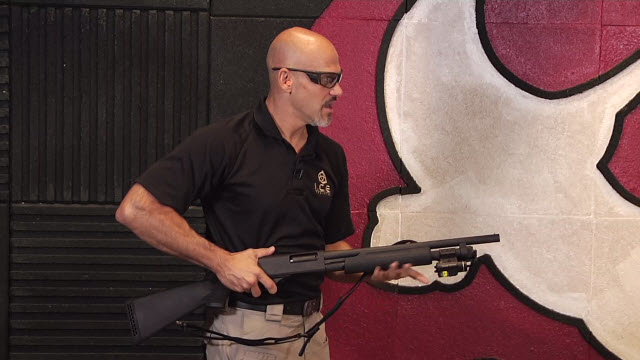
Four Zones of Defense
Michael Janich
It is helpful to keep in mind during a fight that your body has four zones or quadrants of defense. You have forehand and backhand strikes that are separated by your body’s natural center-line, and a high line and low line located above and below the level of our elbows, respectively. This crosshair maps out your four zones, which not only help you to know your own strikes, but they also assist in recognizing the attacker’s strikes. Each quadrant has its own angle for striking, and these angles serve as general blueprints that you should remember for a fight. The fewer things you have to worry about under stress, the quicker you’ll be able to defend yourself effectively.
Explore videos by Michael Janich
You may be interested in
Premium Membership
Unlock exclusive member content from our industry experts.
- 24/7 Access to Premium Personal Defense and Firearm Training Videos and Drills
- Step-by-Step Instructional Demos and Guides
- 50% Off Video Downloads Purchased in the Personal Defense Network Shop
- Access to Ask the Expert Program
Unlock exclusive member content from our industry experts.
- 24/7 Access to Premium Personal Defense and Firearm Training Videos and Drills
- Step-by-Step Instructional Demos and Guides
- 2 Full-Length Video Downloads to Watch Offline
- 50% Off Video Downloads Purchased in the Personal Defense Network Shop
- Access to Ask the Expert Program
Gold Membership
$340 Value
Get everything included in Premium plus exclusive Gold Membership benefits.
- 24/7 Access to Premium Personal Defense and Firearm Training Videos and Drills
- Step-by-Step Instructional Demos and Guides
- 9 Full-Length Video Downloads to Watch Offline
- 2 Full-Length Personal Defense Classes to Keep for Life
- 2 In-Depth Skill Development Presentations
- Discounts on Purchase-to-Own Content in the Personal Defense Network Shop
- Access to Ask the Expert Program
- Exclusive GOLD LIVE Streaming Events
